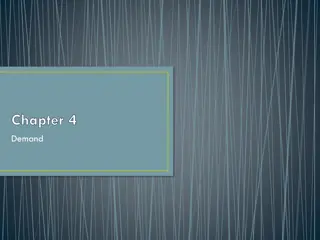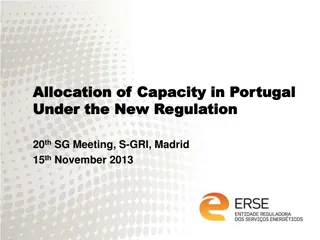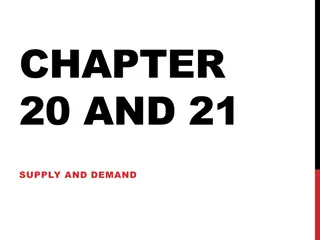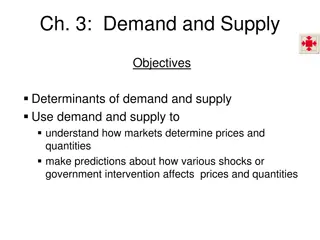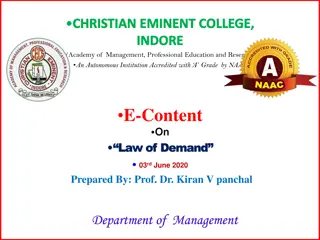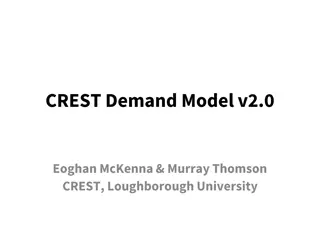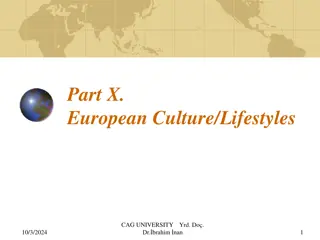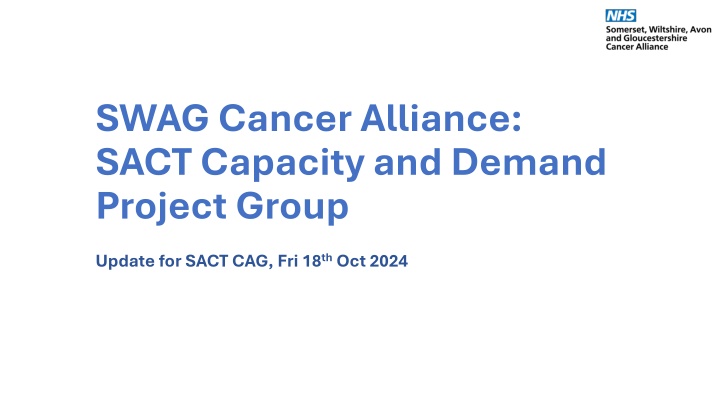
SACT Capacity and Demand in Cancer Alliances - Project Update
"Explore the latest updates on SACT Capacity and Demand Project in Cancer Alliances, focusing on challenges, collaborative working, and next steps for improved delivery."
Download Presentation

Please find below an Image/Link to download the presentation.
The content on the website is provided AS IS for your information and personal use only. It may not be sold, licensed, or shared on other websites without obtaining consent from the author. If you encounter any issues during the download, it is possible that the publisher has removed the file from their server.
You are allowed to download the files provided on this website for personal or commercial use, subject to the condition that they are used lawfully. All files are the property of their respective owners.
The content on the website is provided AS IS for your information and personal use only. It may not be sold, licensed, or shared on other websites without obtaining consent from the author.
E N D
Presentation Transcript
SWAG Cancer Alliance: SACT Capacity and Demand Project Group Update for SACT CAG, Fri 18thOct 2024
Overview of SACT Capacity and Demand modelling requirement National Cancer Alliance Planning Pack requirement for all Alliances in 2024/25 SACT delivery remains a challenge across the country. Cancer Alliance to lead a bi-annual evaluation of demand and capacity across the footprint that will enable Alliances to identify any challenges to delivery. Carry out demand and capacity assessment of SACT services Identify any challenges to SACT delivery and escalate appropriately e.g. variation in Oncology DNA rates across our geography Share good practices and challenges within the region and with other Cancer Alliances.
All Provider Trusts to participate Agreed duration e.g. several days repeated over 2 consecutive weeks 2 or more full consecutive weeks Access to funding for staff time to support the work Option to have onsite support from Alliance Team Deadline for completion of Time & Motion element end of Nov All Provider Trusts to participate Agreed timeframe for data in scope Access to funding for staff time to support the work All complete to same level dataset Deadline for return of green information by Weds 23rdOct All Trusts to receive bespoke report and offer of Alliance/ MSD supported review meeting Alliance to host workshop style session for all Trusts to share findings, review and agree next steps Reporting collated and issued to each Provider with Provider and Alliance level recommendations end of the year/ Jan 20205 Time & Motion Modelling Reporting Data
Time & Motion progress to date: Feedback from RUH Planning conversations with all Providers Funding support Collation of outputs and support with this
Next steps planning overview Time & Motion test site study SWAG to support and share learning with other sites Provider Reports made available Provider/ SWAG/ MSD Review Meetings Scheduled Data collection template issued with guidance for completion by each Provider Time & Motion template issued with guidance resource funding All sites to complete Time & Motion study reporting collated into CIT/ to MSD Project Group Learning Session outputs so far, next steps, out of area learning First round reporting to SWAG Delivery Group/ Repeat process!
Shaping The Future of Systemic Anti-Cancer Therapy (SACT): Overcoming Challenges & Fostering Innovation Dr Anne Rigg, National Specialty Advisor for SACT: SACT Capacity and Demand work has been a way of getting SACT into the Planning Pack Variation in approaches for completing this work, recognition that it is challenging to gather information and benefit in making the local process being managed to add value rather than ticking a box Call from attendees (mix of SACT Provider Teams and Alliance Teams) for more national support for the challenges around SACT delivery UK SACT Board planning to develop and publish SACT Protocols to help reduce unwarranted variation and duplication of workload Updated Chemotherapy/ SACT Service Specifications in production and will be shared in draft soon BOPA figures indicate a national growth in SACT demand of circa 6-7%
Shaping The Future of Systemic Anti-Cancer Therapy (SACT): Overcoming Challenges & Fostering Innovation
Examples of common challenges across the region: Increasing number of patients including patients receiving maintenance treatments Increasing number of complex regimes Loss of experienced SACT nurses and lack of experienced nurse with complex regimes Pharmacy staff shortages Pharmacy and medical provision, limiting some expansion such as administration of treatments at weekends and increased treatments in the satellite units. Incorrect prescriptions/chasing prescriptions/decisions Bloods results not in a timely manner High levels of sickness absence High turnover of staff in chemo day unit due to the availability of other opportunities within the centre such as CNS roles, trials, Practice educators and Advanced practitioners. SACT administration is such a specialised role, this results in a significant training need and supernumerary period for new starters on the unit. Physical space and chair capacity within the services, resulting in cramped units and limited opportunity for expansion in some of the current buildings
Examples of best practice already in progress: The utilisation of satellite service Band 5- Band 6 progression to improve staff retention Implementation of delivering more medication at home Completing SACT nurse sign off in a timely manner (practice facilitator) Capacity management across two Trust sites Time and motion study assess nurse time requirements for SACT appointment times. Work in place to transition more inpatient SACT regimens to day case to improve patient experience and reduce treatment delays Project in place scoping ambulatory care Use of Sub-cutaneous SACT where available so that it can be given in injections lists rather than the Chemo day unit Patients are taught to self-administer Denosumab to reduce hospital visits, improve patient experience and release injection list capacity All treatment administration and nursing and medical notes are completed electronically, so we do not use paper patient records on our day units





